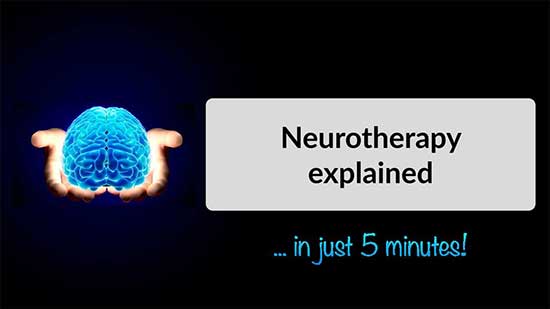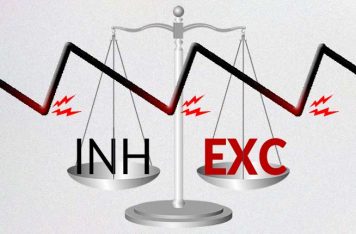Comprehensive Neurotherapy at BODY MIND & BRAIN in Gold Coast is the best “treatment” for Migraine Disorder. But to be precise, Neurotherapy is an intervention that addresses the underlying cause and not just another passive treatment to temporarily suppress symptoms. Let me tell you why it’s the best option— in plain English.
(If you want to study the topic in more depth, have a look at the academic literature in the section SCIENTIFIC REFERENCES at the bottom of this page!)


Before rushing into any treatment or therapy, it is crucial to collect some information first. The key questions we need answered are
• “What is the root cause of Migraine Disorder?” and
• “What is the most sensible therapy for Migraine Disorder?
Migraine is a Functional Brain Disorder with symptoms during and between attacks. In the Migraine Brain, the balance between inhibitory (= restraining) and excitatory (= agitating) electrical activity drifts towards instability, throwing some areas repeatedly into chaos.


During Migraine attacks, seizure-like activity in the upper brainstem leads to a myriad of symptoms such as head pain, nausea, neck stiffness, dizziness, sensitivity to light and more. Since the mid 1990s, researchers refer to the affected region as “the Migraine generator”.
Other attack symptoms occur due to a shift of ions (=charged particles) in the cortex, called cortical spreading depression (CSD): Visual aura, word finding difficulties, mental confusion, but also numbness or half-sided paralysis in Hemiplegic Migraine.


In thermal images, the heat emissions of the uncontrolled activity in the cortex show up in bright colours during the attack. This infrared photo was taken of a young man in status migrainosus: a migraine attack that kept going for months. You can see the white glow under his hair for yourself.
Thermal Images also point to the cause of the chaos: The Brain’s control centre —the prefrontal Cortex (PFC) — is severely under-active and shows up dark in the photo. In Migraineurs, the prefrontal Cortex (PFC) is usually a bit “weak” and so not capable of keeping agitated areas under control.

When the control centre of the Brain is “weak”, it is no surprise that most Migraineurs also have symptoms between attacks: Aches and pains, sleep, sensory gating, attention, focus, worrying, digestion and emotional regulation can all be problematic with a Migraine Brain [Image Lightbox].
When the symptoms between attacks are more severe, they often receive their own diagnostic label and are called “comorbidity”. The long list of conditions that are more frequent in Migraineurs proves: Migraine is not just a cycle of headache attacks.


Big Pharma’s advertising focusses on medication for attack symptoms, thereby painting Migraine as just a “Headache Disorder” and so completely ignoring the root cause of the problem. Since medication does not stop the Migraine Cycle, it’s merely a temporary crutch, not a solution.
If evidence played any role in Medicine, Psychotherapy (e.g. CBT) and Biofeedback-based training would be as common here, as they are in Continental Europe. At least in pregnancy, some doctors are responsible enough to advise against relying on attack meds only.


Unlike drugs, Neurotherapy targets the root cause of Migraine Disorder by training the Brain to maintain stability and by strengthening the prefrontal Cortex (PFC). It therefore not only stops the Migraine Cycle, but also helps with the comorbidities and all other Brain-related symptoms.
• … works effortlessly for everybody
• … is amazingly powerful and effective
• … corrects the root cause
• … is a very natural, drug-free solution
• … has no serious risks or side effects
• … is fully evidence-based (And the sessions are even fun! )

Would you like
to learn more about …
Or would you rather
skip to the page that tells you …

THE MIGRAINE REVOLUTION is a Scientific Patient Guide about the comprehensive rehabilitation of Migraine, a Functional Brain Disorder.

Neurotherapy Practice
32 Lawley Crescent
Pacific Pines — Gold Coast
Queensland 4226
Australia